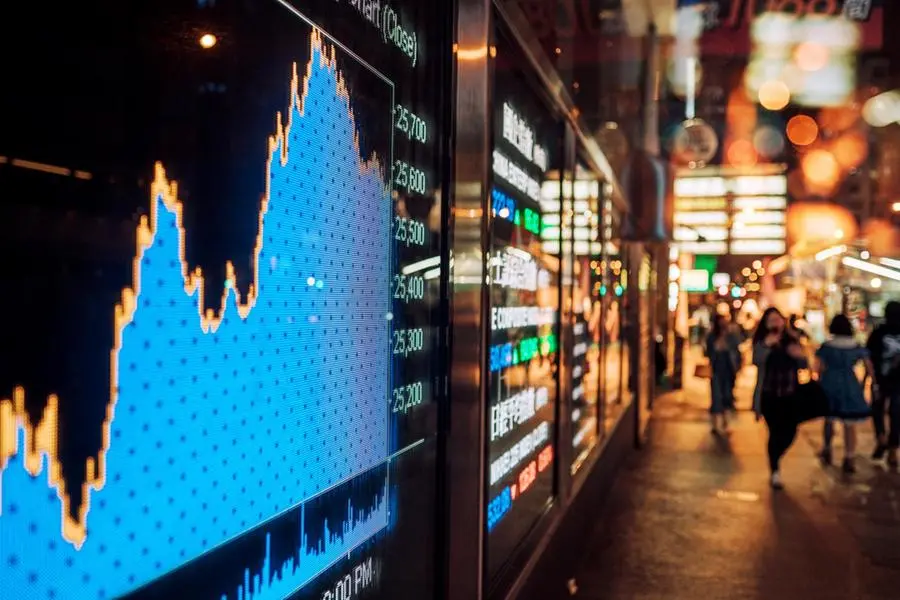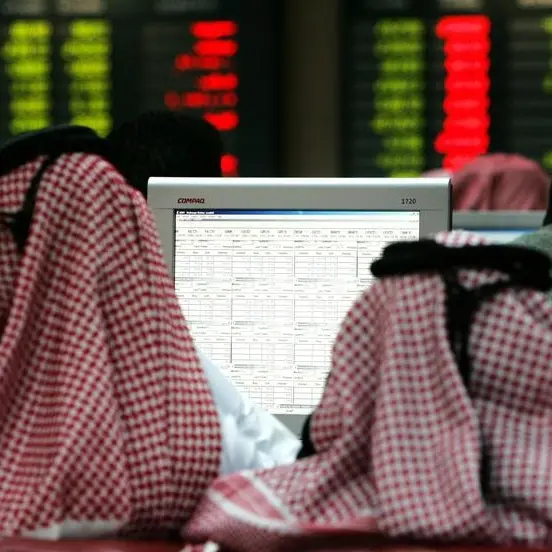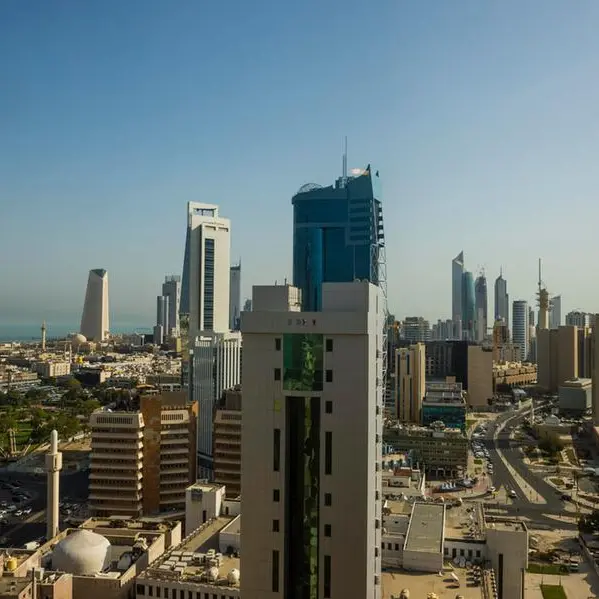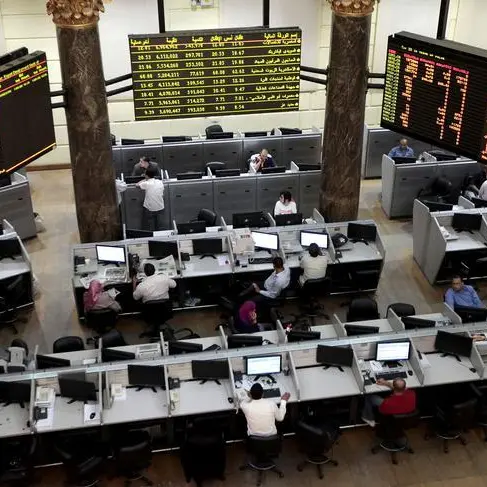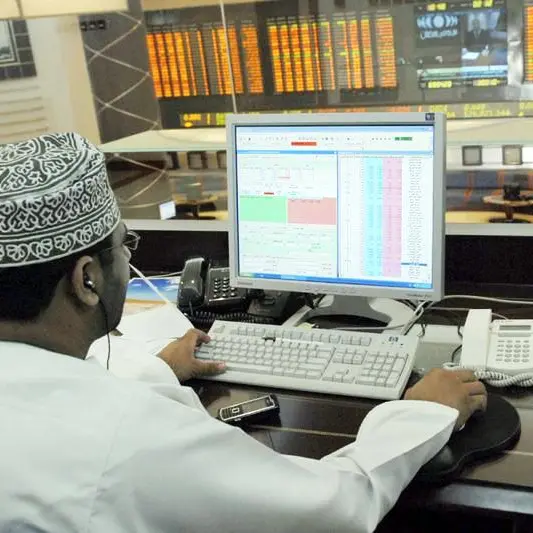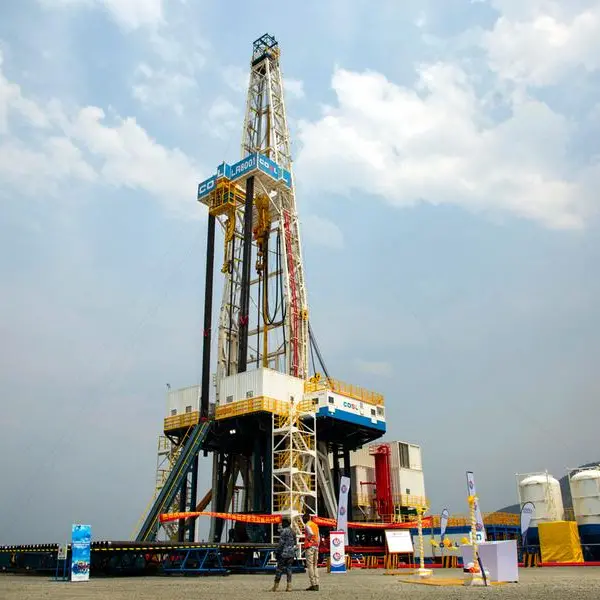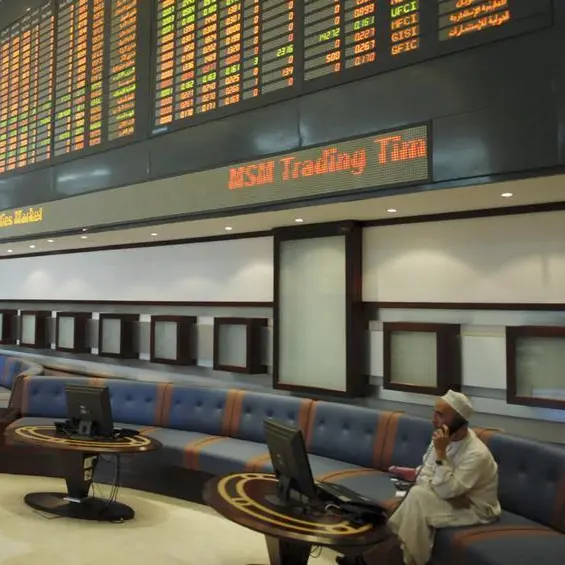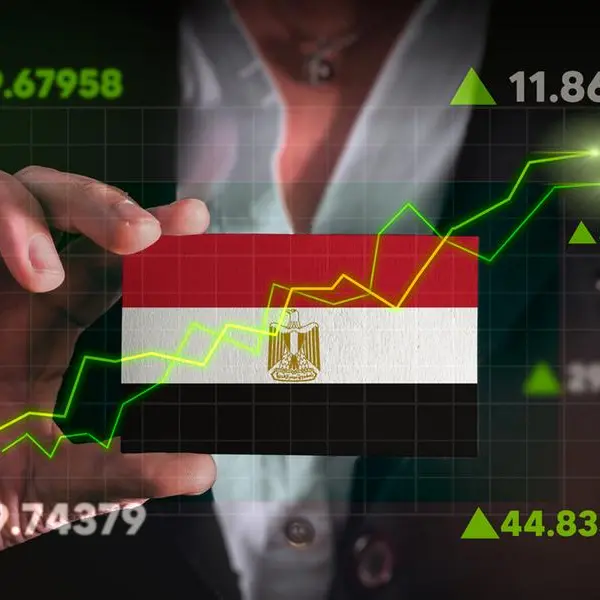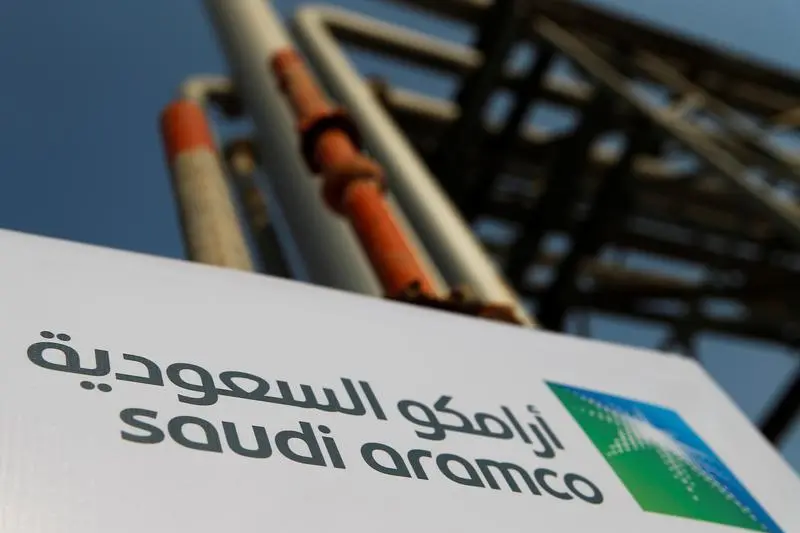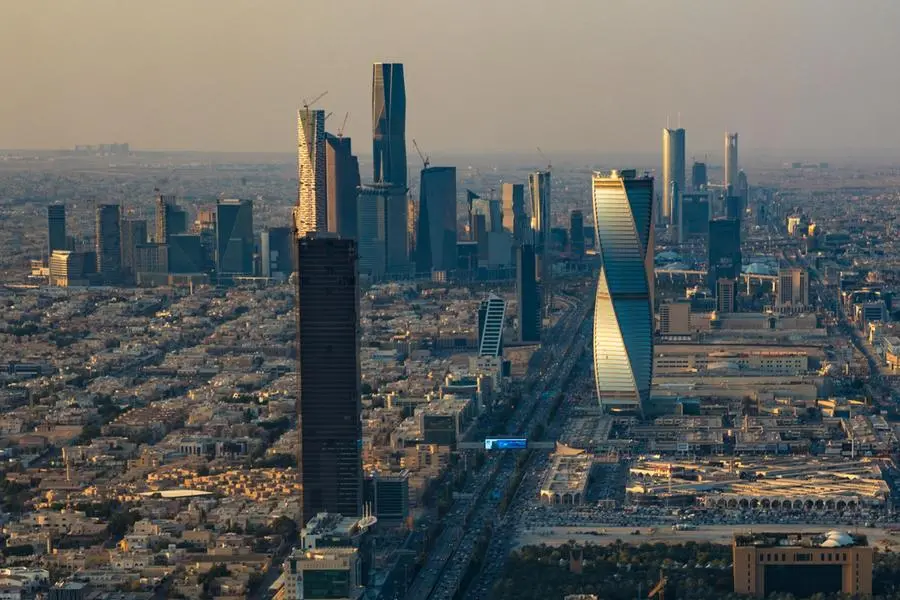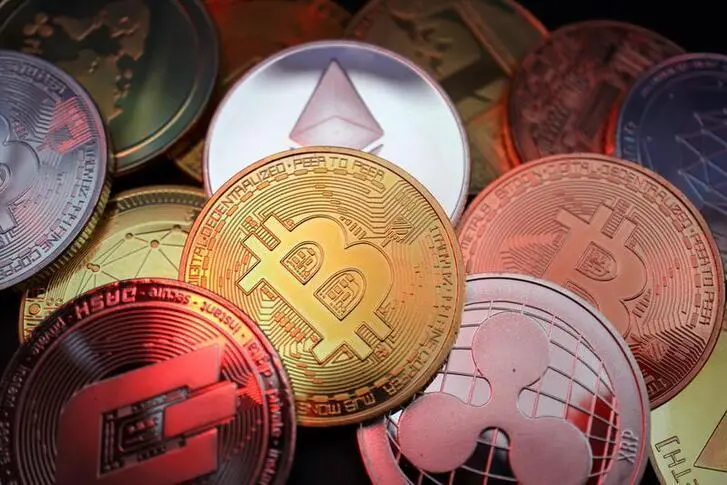PHOTO
KUWAIT CITY: Amid growing concerns over a potential interest rate cut, Gulf stock markets turned red, leaving investors wary and global market sentiment strained. In Kuwait, the stock exchange mirrored these fears, as its General Index plummeted by 32.4 points, or 0.4 percent, closing at 7,156 points. The trading activity saw 210.3 million shares exchanged through 14,992 transactions, with a total value of 46.9 million Kuwaiti dinars (approximately $153.4 million).
The sharp decline wiped off 192 million dinars from Boursa Kuwait’s market value, reducing it to 42.313 billion dinars from the previous session’s 42.505 billion. This downward trend was driven by heavy selling pressure on most stocks, fueled by investor concerns over possible sharp drops in global markets, as well as apprehensions regarding significant interest rate reductions. The main market index followed suit, shedding 30.6 points to settle at 6,058 points, after trading 120.6 million shares in 7,618 transactions, worth 18.9 million dinars ($61.8 million). This performance reflected broader global anxieties, particularly related to the U.S. economic outlook, which is facing fears of an impending slowdown. Recent data from the Institute for Supply Management revealed that the U.S. manufacturing sector while showing slight improvement in August, remained weak after touching an eight-month low in July.
These concerns reverberated across Asian and European markets as well, deepening the overall market decline. The Premier Market Index dipped 34.5 points, or 0.4 percent, closing at 7,793 points with 89.7 million shares traded in 7,374 transactions, totaling 28 million dinars ($91.6 million). Similarly, the Main 50 Index dropped 47.3 points, or 0.8 percent, to end at 5,825.5 points, with 71.3 million shares traded through 4,193 cash transactions, valued at 12.9 million dinars ($42.2 million). The trading landscape was weighed down by eight declining sectors, led by energy, which fell by 1.19 percent. In contrast, three sectors posted gains, with technology rising by 1.82 percent, while utilities and healthcare remained steady. On the individual stock level, 74 shares saw their prices decrease, with “Al-Safa” experiencing the largest drop at 5.58 percent. On the other hand, 38 shares posted gains, led by “Al-Rabita,” which surged by 13.01 percent, while 20 shares remained stable. One standout performer was “EVA,” which held steady at 351 fils and dominated trading activity with 20.64 million shares traded, generating liquidity worth 7.25 million dinars across 1.24 thousand transactions.
This performance followed the company’s announcement that its Board of Directors had approved the payment of outstanding debts totaling 26.67 million dinars. Among the top gainers were Al-Rabita, Oula Takaful, Tanzeef, and Osool, while Al Safat, Osos, Hotels, and Injazat were the most significant decliners. This bearish trend was not limited to Kuwait; it spread across Gulf markets. Saudi Arabia’s stock market index fell by 0.54 percent to 12,114.41 points, while Dubai’s Financial Market index slid by 0.04 percent to 4,368.17 points. Abu Dhabi’s market index dropped 0.38 percent to 9,343.16 points, and Qatar’s stock exchange index declined by 0.65 percent, closing at 10,315.92 points. Bahrain’s stock exchange index also saw a dip, slipping by 0.20 percent to 1,944.41 points. The widespread losses in the Gulf markets underscored investor apprehensions over the future course of economic policies and their broader impact on the region’s financial health.
Arab Times | © Copyright 2024, All Rights Reserved Provided by SyndiGate Media Inc. (Syndigate.info).
